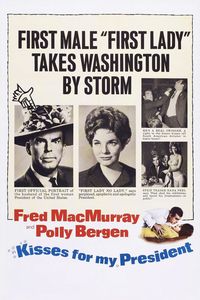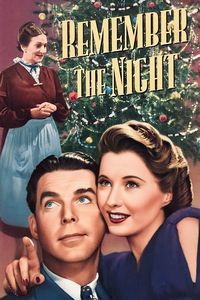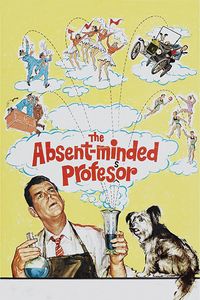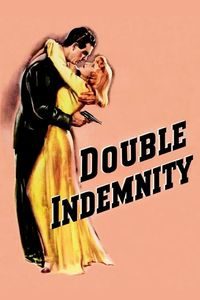Kisses for My President (1964)
(On Cable TV, January 2021) While much of Kisses for My President can now be tolerated as an amiable but full-throated example of fragile masculinity, I have seldom seen a period film self-destruct itself for modern audiences so spectacularly in its last thirty seconds. Let me explain: As the film begins, we’re meant to sympathize with the male lead, the husband of the first elected woman president of the United States. Played by the normally likable Fred MacMurray, this first ever “First Gentleman” sees his identity threatened in several ways: Ushered in the normally feminine offices and duties of the role, he bemoans having to divest himself from his previous company due to defence contract conflicts of interest. Adding to his misery, his wife (a really good Polly Bergen) is occupied by matters of the state, while an ex-flame now safely divorced expresses an interest in him that goes far past the professional. When a South American dictator shows up in town, it’s up to him to try to mend international relations, while figuring out the role he’s expected to play in this then-comedic gender inversion. MacMurray is easily the rock on which the film is built for modern audiences: seldom less than incredibly sympathetic, he lets his charisma roll over the severely outdated (and frankly insulting) assumptions of the script—his befuddled expression rescues the film from several inexcusable logic holes and twenty-first-century objections to the moronic ways the characters behave. Kisses for My President was never meant to be anything but a comic film—but even by these standards, you would expect its characters and institutions to behave as if they had half a brain. MacMurray is arguably funnier now as a paleoanthropic remnant of a previous generation’s male stereotype having to fit with the times. Except that the film’s final indignity is allowing him to get away with it all—in the final moments of the film, his wife discovers that she’s pregnant, leading her to—wait for it—resign as president of the United States for the joys of motherhood (and putting her family back together), leading the couple to walk out of the White House as he crows, “It took you forty million female voters to get you in here and one man to get you out.” Cue anyone’s astonished expression as the credits roll. While much of the film is grating but still funny, the ending kills off any remaining good intentions. Now generally forgotten by history (although it did win an Oscar for Costume design), Kisses for My President is perhaps best buried and unearthed only by cinematic political junkies and Fred MacMurray fans—it is by far the most Problematic of the Problematic movies I’ve seen recently, and considering that I watch Golden-Age Hollywood movies by the double truckload, that’s saying something.






